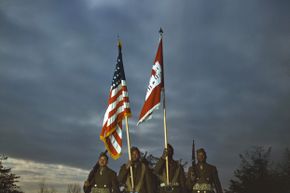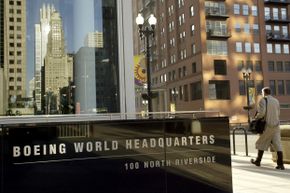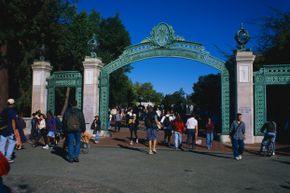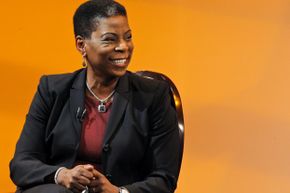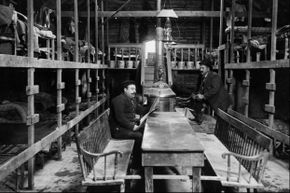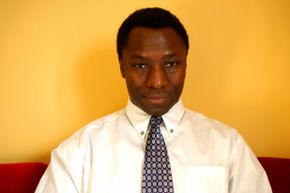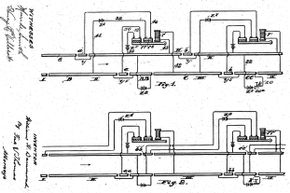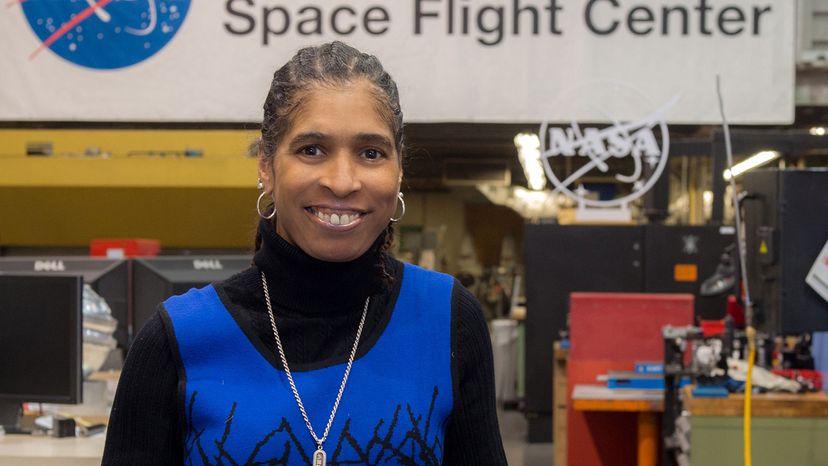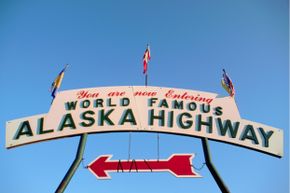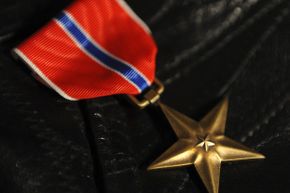Key Takeaways
- Walter Braithwaite, born in Jamaica, revolutionized engineering at Boeing by developing computer-aided design/computer-aided manufacturing (CAD/CAM) systems.
- Howard P. Grant became the first Black graduate of the University of California Berkeley College of Engineering and the first Black engineer for the city and county of San Francisco, also founding the Northern California Council of Black Professional Engineers.
- Ursula Burns started as an intern at Xerox and rose to CEO, becoming the first Black woman to lead a Fortune 500 company and transforming Xerox from a paper-copying machine company into a profitable business services provider.
The Massachusetts Institute of Technology had its first African-American graduate, Robert R. Taylor, in 1892. It was only 25 years later, in 1917, that the university gave its first civil engineering diploma to an African-American. For quite a while throughout history, engineering was almost entirely the domain of white men.
Although Caucasian males still dominate the profession in the U.S. (only 5 percent of engineers are African-American, only 13.4 percent are women of any race, according to one 2011 report), it's important to recognize the significant legacies that Black men and women have created in the field [source: Koebler].
Advertisement
In this article, we'll head from the copy machines at work to the satellites in space and meet some African-Americans who aren't just pioneers for their race but are trailblazers in their profession.
